Tsilhqot’in names have been officially adopted for several geographical features in B.C.’s Cariboo.
Five names were proposed by the Tsilhqot’in National Government and supported by the Cariboo Regional District, Rec Sites and Trails BC, Cariboo Mountain Bike Consortium, Avalanche Canada, BC Mountaineering Club and Association of Canada Mountain Guides.
While the names were officially adopted in June 2020, Carla Jack, provincial toponymist, a person who studies place names, noted events relating to COVID-19 delayed the implementation of the names and notifications from many communities.
The names follow a comment period from April 2019 to June 2020 in which seven governments and organizations provided comments to the BC Geographical Names Office.
A spokesperson with the Ministry of Forests, Lands, Natural Resources and Rural Development noted geographical names reflect heritage values that evolve over time and convey aspects of an area’s history.
“Indigenous place names are the original names, or names in the original languages, of the land,” says spokesperson Tyler Hooper. “Recognizing and documenting Indigenous place names is vital to preserving Indigenous knowledge systems and living traditions, increasing the visibility of Indigenous cultures in British Columbia, and increasing understanding of the deep history of the province.
“This is in keeping with Article 13 of the United Nations Declaration on the Rights of Indigenous Peoples.”
Of the 28 place names officially adopted in the Cariboo-Chilcotin region in the last five years, 23 were Tsilhqot’in.
Recently adopted names are:
ʔEniyud (pronounced Enni-yoot), formerly Niut Mountain, for the mountain located just east of the north end of Telhiqox Biny, north of the Homathko Icefield. According to Tsilhqot’in legend, ʔEniyud was once a human woman married to a man named Tŝ’ilʔoŝ. When conflict drove them to separate, they and their children were turned to stone and became mountains. Today, both ʔEniyud and Tŝ’ilʔoŝ are considered powerful agents that protect and oversee their respective areas. Tsilhqot’in teach that these powerful mountains like ʔEniyud and Tŝ’ilʔoŝ should be shown great respect.
Lhuy Nachasgwen Gunlin (pronounced Lhoo-ee Nachas-gwen Goo-leen), formerly Eagle Lake located just south of Tatla Lake and north of Cochin Lake. Lhuy Nachasgwen Gunlin is the Tsilhqot’in name meaning “where there are many small fish” which refers to this lake as well as the wider area.
Tsalhanqox (pronounced Tsah-lhan-koh), formerly Chilanko River, adopted for the river that flows east into Little Chilcotin River east of Tsideldel. Tsalhanqox is the Tsilhqot’in name meaning “river with many beavers” from the Tsilhqot’in words “Tsa” (beaver), “Lhan” (many) and “yeqox” (creek/river).
Tsintŝanŝ Xadalgwenlh (pronounced Tseen-tsoss Hadal-gwelh) for a mountain located just northwest of Scum Lake west of the Taseko River. It is a Tsilhqot’in name meaning “mountain at Tsintsans”. The name Tsintsans refers to a wider locality which includes Tsintŝanŝ Biny (Scum Lake). Xadalgwenlh means “hill or small mountain.”
Yuyehtah Biny (pronounced Yu-yeh-tah Bee), formerly Yohetta Lake, adopted for the lake located west of Taseko Lakes, east of Tsilhgox Biny and south of Nemiah Valley. “Yuyetah Biny” is a Tsilhqot’in name meaning “lake at Yuyetah” where “Yuyetah” is a proper noun referring to that area/ valley and “biny” means “lake.”

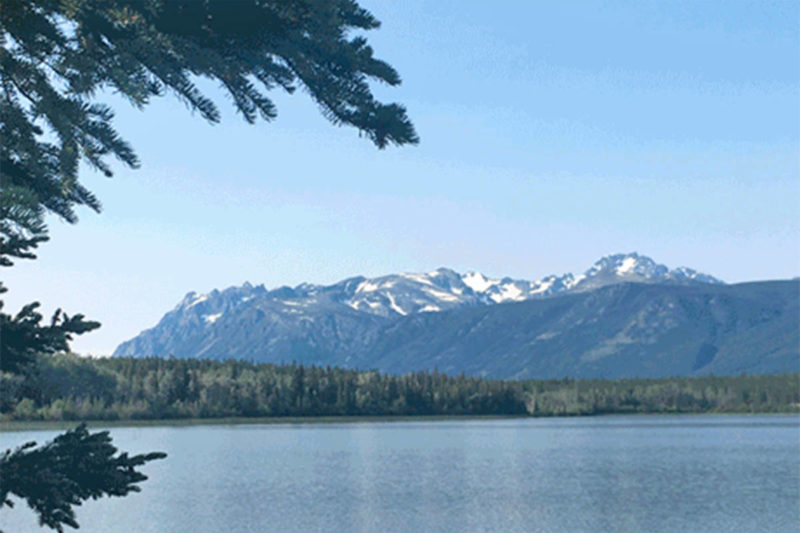
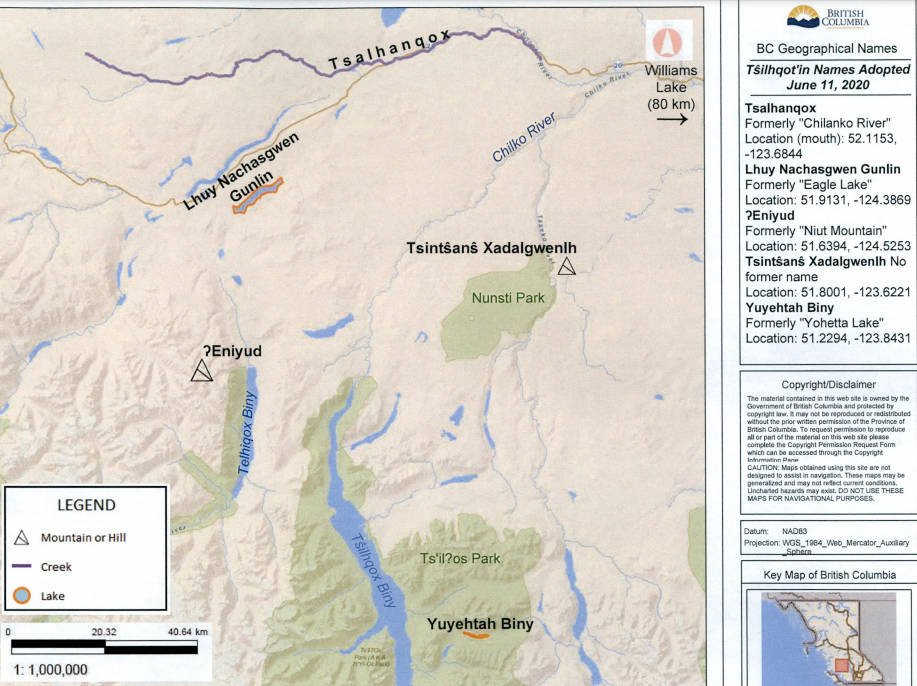



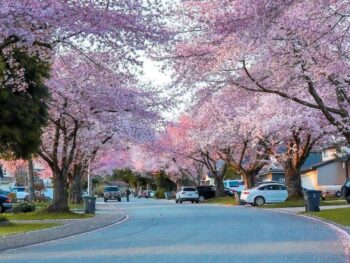


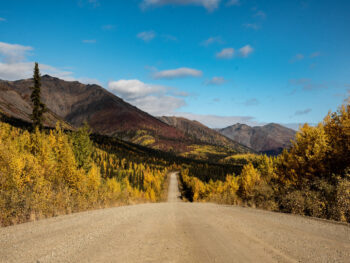

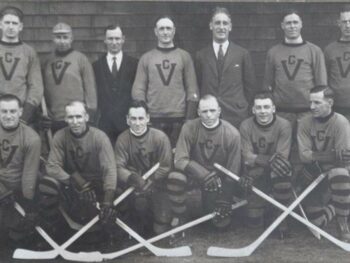
 Cyclists across BC commit to a winter ride Feb. 12
Cyclists across BC commit to a winter ride Feb. 12